City For Sale? Residents In Malaysia’s Kuala Lumpur Fear The Squeeze Of Development
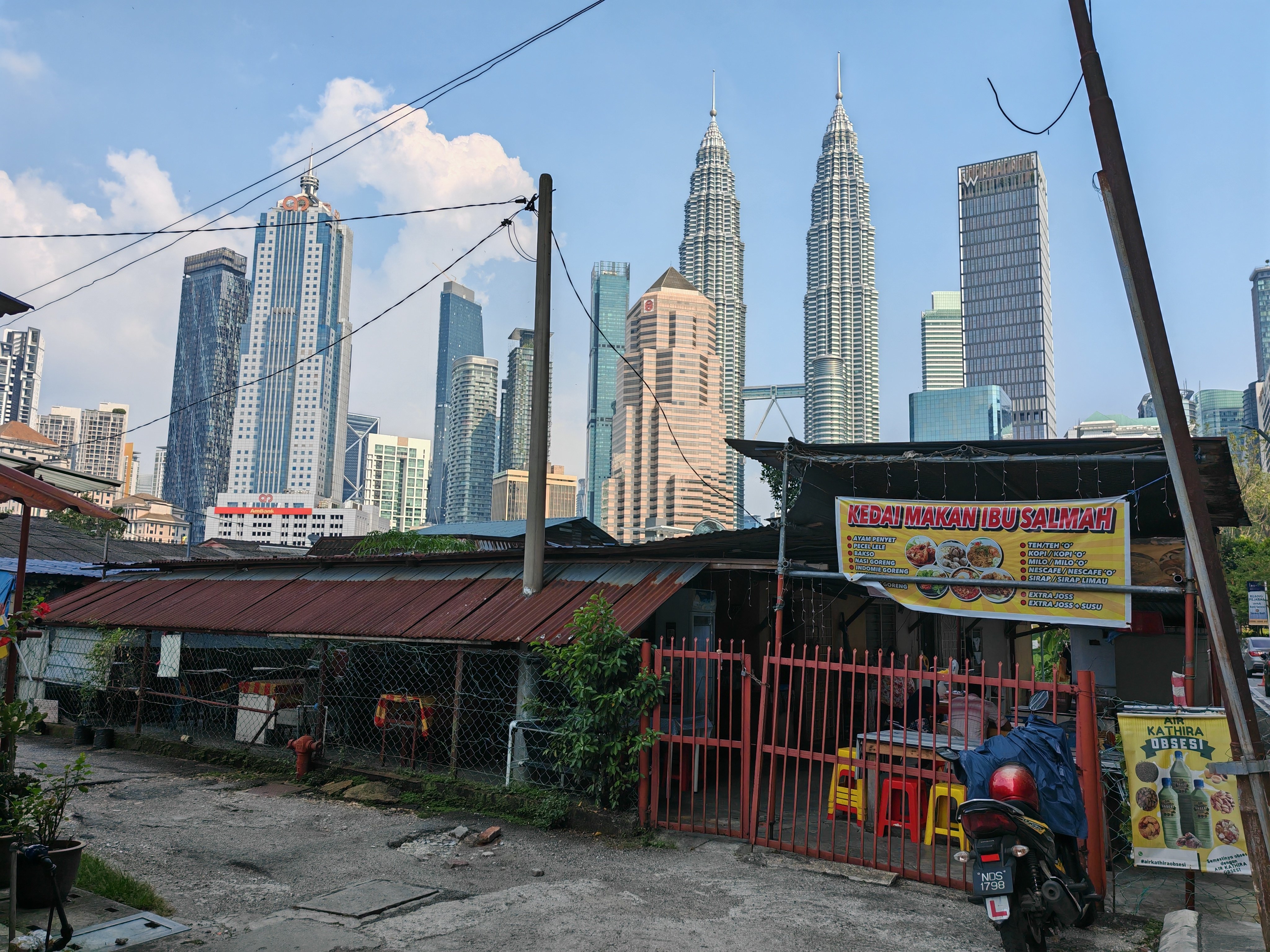
It used to be a short walk across a bridge over the Klang river from Danil Roslan’s home to the glitzy KLCC twin towers in the heart of Malaysia’s capital city, Kuala Lumpur.
But that route was blocked by a sprawling elevated highway in 2000, suddenly turning the road in front of Danil’s home in Kampung Baru into a dead end, severing pedestrian access for one of the city’s oldest communities to the heart of the capital.
Then, local authorities developed the area just across the road into a food street aimed at pulling in tourists, shattering the once quiet life enjoyed for generations in the city’s last traditional Malay village.
“The area has been gentrified. Not a lot of Malays are left there,” said videographer Danil, 36, wryly suggesting that the outcome had effectively buried the community like “previous civilisations”.
Prime Minister Anwar Ibrahim’s administration is making another hard push to reshape Kuala Lumpur, reviving industrial and commercial zones, boosting the economic potential of transit areas, increasing green spaces and even tinkering with the city’s social fabric.
The focus is on redeveloping older sections while building new commercial and residential districts to expand the city limits – at a cost of hundreds of billions of ringgit.
The plan also includes work to spruce up the city’s image with the promise of ample greenery and a “strike force” set up to crack down on everything from vice to dirty restaurants. If all goes to plan, a congestion charge will also slim down the city’s daily gridlock.
Kuala Lumpur could be transformed into “an inclusive city focused on sustainable urban development and management to achieve the well-being of the urban population”, Anwar has said.
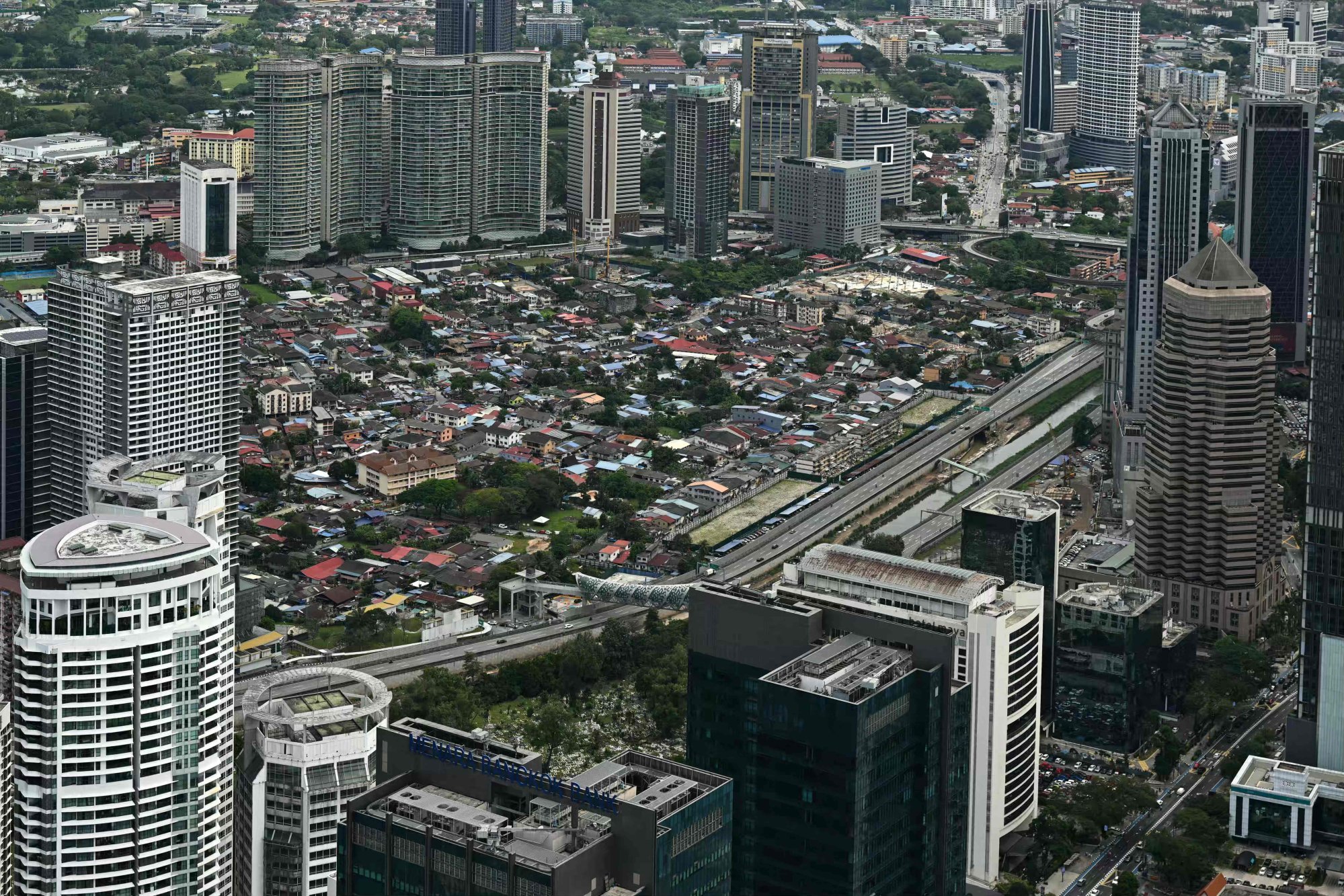
But Danil, whose family has lived in Kampung Baru for three generations, is not buying it.
He and his family have seen earlier grand plans to develop their home village alienate the very people that the government says it wants to uplift.
“All the developments were done for everyone other than the original residents,” said Danil, whose family moved out of the village not long after the highway and the food street were set up. “Making [the village] pretty for tourists is just saying what we have there is not good enough.”
His concerns find echoes across the city, where a hodgepodge of development has seen gleaming office buildings, luxury hotels and expansive shopping centres shoot up wherever developers manage to gain a foothold.
But in the rush to cash in on prime land, the lack of planning has backfired.
There is little space left to broaden roads as new buildings crowd Kuala Lumpur’s skyline. Up to 6 million cars crush onto the city’s roads each day, equal to about three times its population of 2.1 million. Attention on the new has also left other parts of the city in neglect and disrepair.
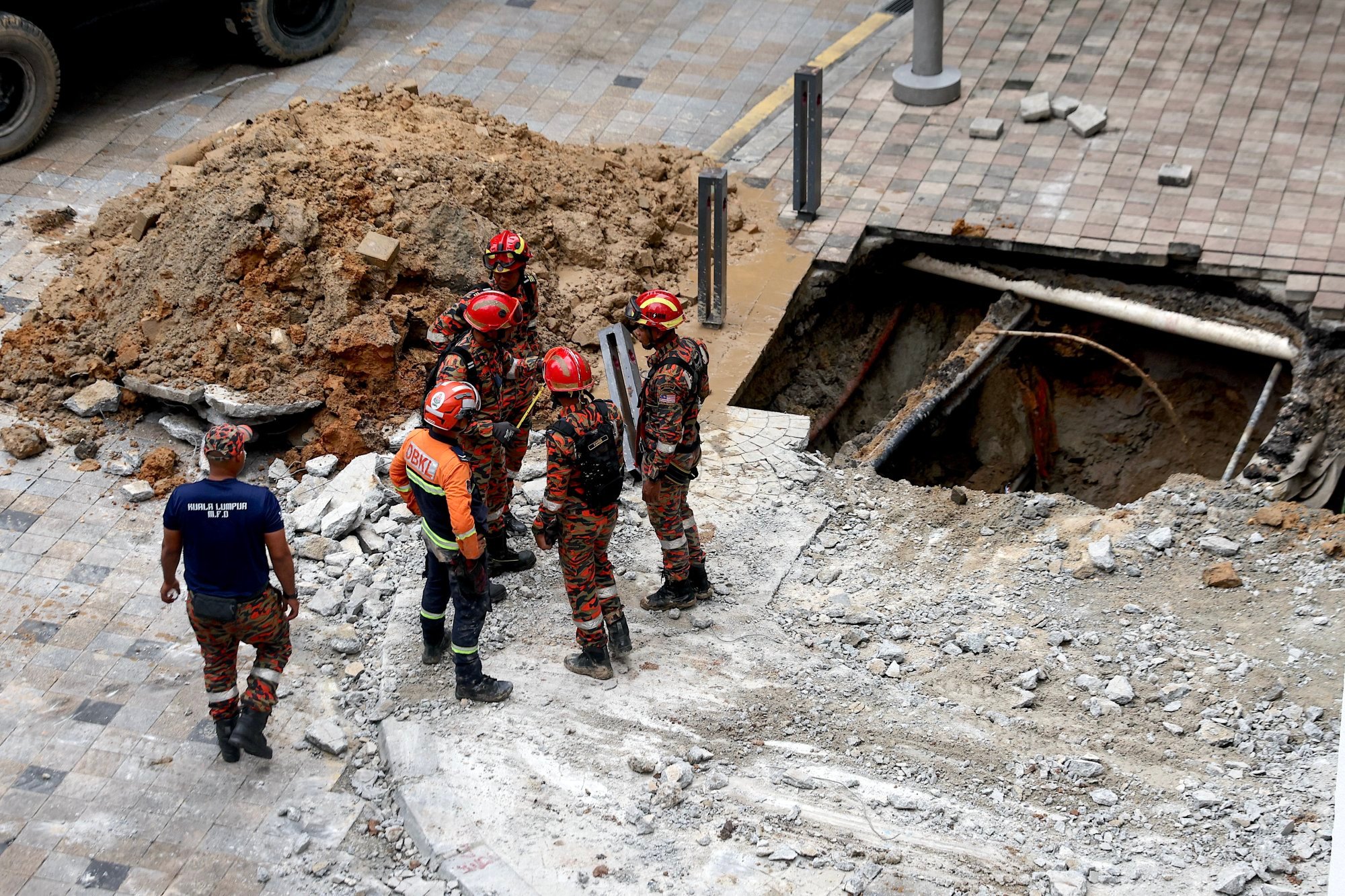
Despite an annual operating budget that routinely exceeds 2 billion ringgit (US$451 million), city hall has fewer than two dozen arborists to manage the tens of thousands of trees that spread across the greater Kuala Lumpur area – a shortage of skilled workers that meant little to city residents until it was too late.
Last year, several old trees were uprooted by strong winds, including one that killed a 47-year-old motorist.
Deteriorating public infrastructure elsewhere led to the death of an Indian national who was swallowed up by an 8-metre-deep (26-foot) sinkhole last August that collapsed the pavement in the city’s Masjid India district.
Residents routinely complain of poor drainage and flash floods after heavy downpours.
And despite the multiple rail lines that snake their way through the city, many areas remain underserved by reliable public transport, with poor access to key locations such as the Kuala Lumpur Hospital.
City dwellers accept that development, change and renewal are part and parcel of urban life. But in a city whose mayor is appointed by the government – not elected – questions are mounting over the real intentions of the government’s push for an urban-renewal bill in parliament.
The bill aims to bring down the approval threshold from 100 per cent to 80 per cent of landowners to sell ancestral land in traditional enclaves like Kampung Baru.
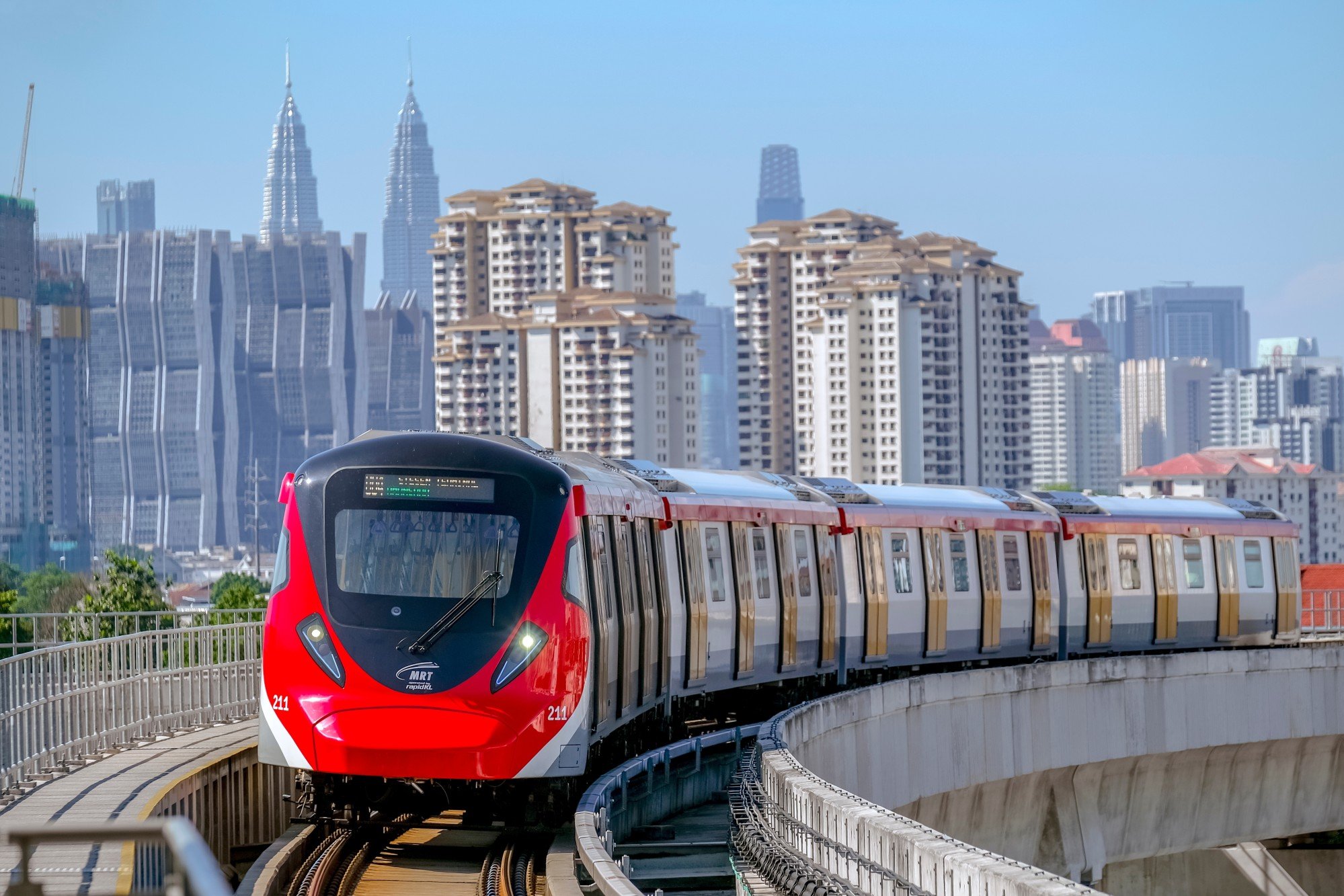
Anwar has denied opposition accusations that the result would be to squeeze underprivileged Malays off their land in favour of well-heeled property developers.
“If it is currently 70 per cent Malay [ownership], [that status] will remain because in this law there is no right for us to transfer the original owner,” he told parliament late last month.
Yet his promise rings hollow to many in Kampung Baru, where the KLCC twin skyscrapers cast long shadows over the distinctive sharp roofs and wide windows of houses held by the same Malay families for generations.
“[Kampung Baru] is an important symbol of our identity as Malays across the peninsula. The government should really consider protecting that identity, rather than just thinking about making money,” said retiree Omar Hamzah, 70.
“We understand that it sits on prime land and developers have been chasing it for a long time, but it is not right to just redevelop the area.”
Kampung Baru landowners stand to earn millions of ringgit from a sale, if their neighbours also agree to do the same.
Any money earned will need to be split equally between all signatories of the land title – in some cases shared between dozens of people.
Moving out of the village is also costly, especially within the city. High-rise condominium units can easily go for several million ringgit, and even on the outskirts, landed property similar to their old houses can cost about 1.5 million ringgit.
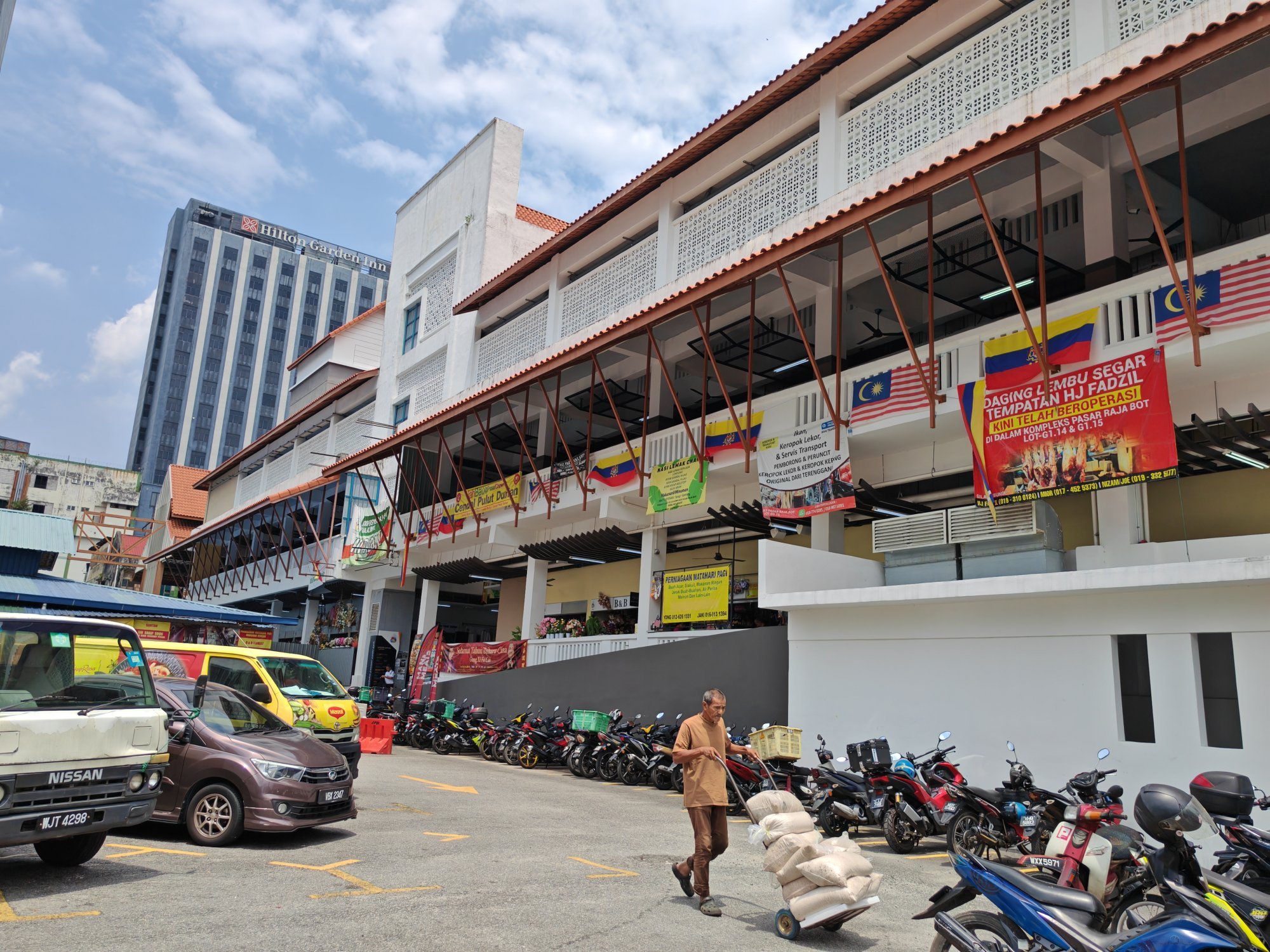
For those who have followed the path to gentrification, the outcome has not always been positive.
Traders operating out of the Jalan Raja Bot market in Chow Kit, an old commercial district right next door to Kampung Baru, say they were instructed to move to a newly reopened market a year ago.
Dried-food seller YL Yap, 76, said she and her business partner now earned about 500 ringgit a day, half of what they used to earn at the old temporary market grounds near the district’s main thoroughfare about a 10-minute walk from her current stall.
“Nobody comes to the new market,” Yap told This Week in Asia.
“Here there is no parking and it is inconvenient for people to reach the area. We still get our old customers, but we are not getting any new ones.”
City hall tore down the original Jalan Raja Bot market in 2016 to make way for a multi-storey market complex, designed as a one-stop centre selling everything from fresh meat and fish to flowers, clothes and freshly cooked meals.
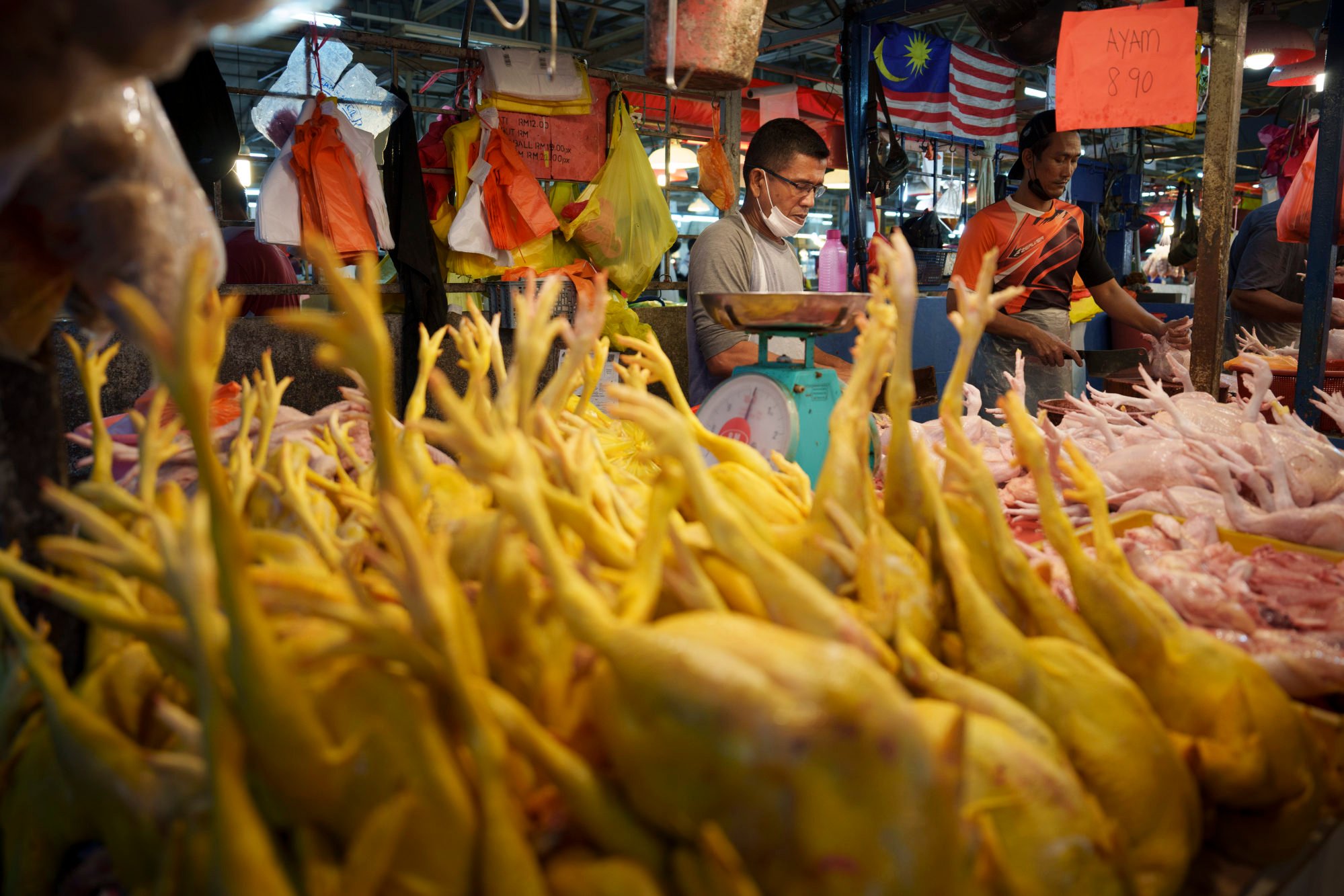
Third-generation spice trader Noorul Manan Mohamad Ibrahim, 42, said the move was necessary due to the dilapidated state of the temporary market, where hygiene was an issue with rat and cockroach infestations and poor drainage.
Daily footfall, however, is hampered by the fact that wet-market traders are still operating at the temporary grounds, depriving him – along with Yap and scores of others who relocated to the new market – of customers.
“The government needs to make it easy for people to access the market. People do not come to the market to go browsing, they come to buy necessities,” Noorul said.
For those earning the monthly minimum wage of 1,700 ringgit, the cost of doing business in Kuala Lumpur can often feel out of reach. Office rental space at Exchange 106 – Southeast Asia’s fourth-tallest building – starts at around 80,000 ringgit a month.
Meanwhile, retail tenants at Suria KLCC mall, which occupies the lower floors of the twin towers and houses luxury brands like Balenciaga, Louis Vuitton and Gucci, can pay over 400,000 ringgit a month in rent alone for a 10,000 sq ft (929 square-metre) space.
For others who call the city home, government meddling in their everyday lives feels like overreach.
In KLCC’s busy subway station, veteran busker Muhammad Tirmizi Muslim wonders how his livelihood may be hit if city hall goes ahead with a proposal to promote traditional music and instruments in street performances, specifically for tourists.
According to the 33-year-old visually challenged performer, who has played Kuala Lumpur’s busking circuit for a decade now, not everyone has the capacity to lug around heavy brassware like gongs to put on a show.
And from his experience, even fewer people would stop to watch a traditional music performance.
“I am not saying it is a bad idea,” said the solo singer and guitarist.
“[But] people are so busy, they would only really stop to listen if it is a song they know and like.”
Popular Products
-
 Tennis Racket Lead Tape - 20Pcs
Tennis Racket Lead Tape - 20Pcs$31.99$21.78 -
 Large Wall Calendar Planner
Large Wall Calendar Planner$47.99$32.78 -
 Child Safety Cabinet Locks - Set of 6
Child Safety Cabinet Locks - Set of 6$60.99$41.78 -
 USB Touchscreen Heated Fingerless Gloves
USB Touchscreen Heated Fingerless Gloves$87.99$37.87 -
 Golf Swing Trainer Practice Stick wit...
Golf Swing Trainer Practice Stick wit...$50.07$10.18